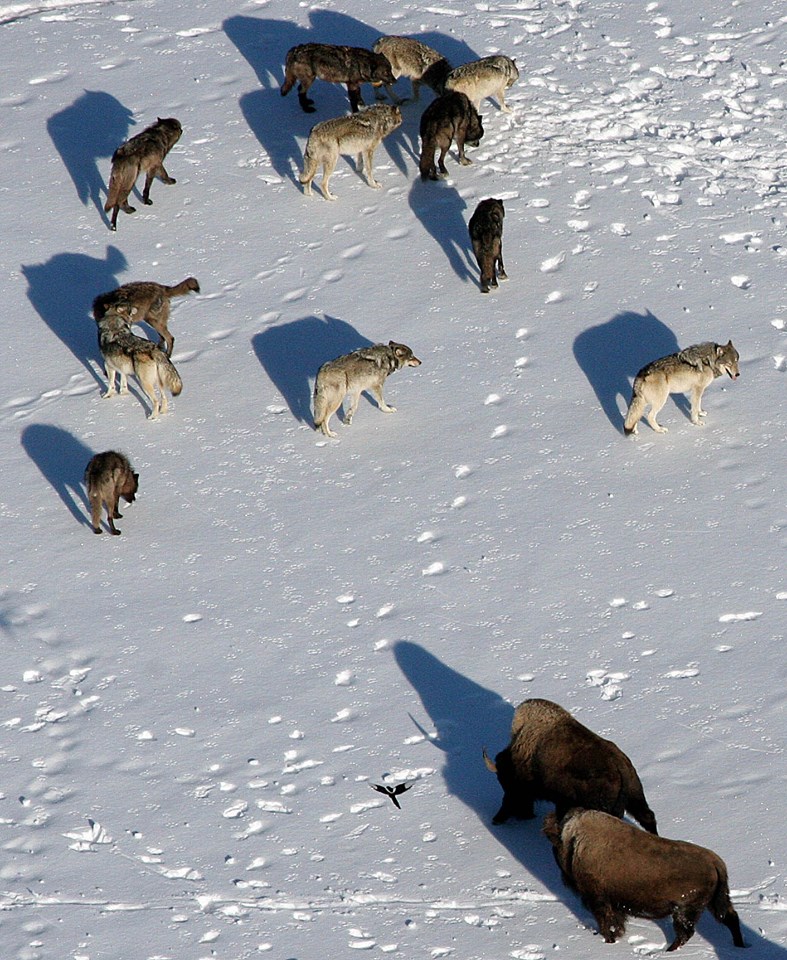Dating back to the late 1960’s, the term ‘prey switching’ was initially hypothesized in general ecology to describe the way generalist predatory animals switch between prey as the prey species relative abundances change.
What this means is that predators, such as wolves, were thought to have switched their preference of prey based on the abundance of said species, directing more attacks to more abundant prey, thus sparing the rarer species.
Sifting through data collected between 1995-2015 in the Northern Yellowstone Ecosystem, Utah State Researchers Aimee Tallian and Dan MacNulty however, had some rather converse findings in their study published in an April issue of Functional Ecology.

“Prey switching has been observed in natural systems, where prey are small and generally helpless when attacked by a predator,” Tallian said in a release. “Imagine, for example, a lynx preying on snowshoe hares and squirrels.”
In comparing data derived from the study, the researchers paid close attention to the predatory relationships between wolves, bison, and elk in the area. With declining elk populations in the northern range of Yellowstone National Park over the past 20 years and an increasing population of bison, the basic ecological theory would lead us to believe that the wolves would naturally ‘switch’ from elk to bison as their primary choice of prey.
Rather than naturally balancing the predator-prey relationship, the study found that wolves instead would quickly become risk-averse, spending more time on the move searching for safer prey such as elk.
“Our data reveal wolves maintained a strong preference against bison, even when bison were twice as abundant as elk,” said MacNulty.
“Hunting is hazardous business for wolves,” MacNulty noted. “Wolves minimize the risk of injury by focusing on more vulnerable prey, which are generally rare.”
It was also noted that wolf packs tended to instead, scavenge on the carcasses of deceased bison, one finding that Tallian is hopeful will play a role in stabilizing the population dynamics between wolves and elk.
“The ability of wolves and other predators to shift between hunting and scavenging is an under-appreciated behavior that may play an important role in the dynamics of ecological communities with dangerous prey,” she said.
As the wolf debate continues to boil over across much of the American west, studies such as this one only further cement the immediate need for the sound and science-based management of predatory species such as wolves. The previously held assumption of prey switching is leading many to believe that we are likely overestimating the stability of multi-prey systems with predatory species such as wolves present.
Feature Image: Daniel Stahler, National Park Service.




